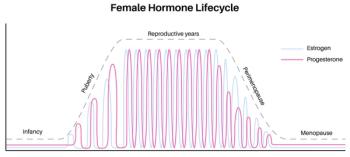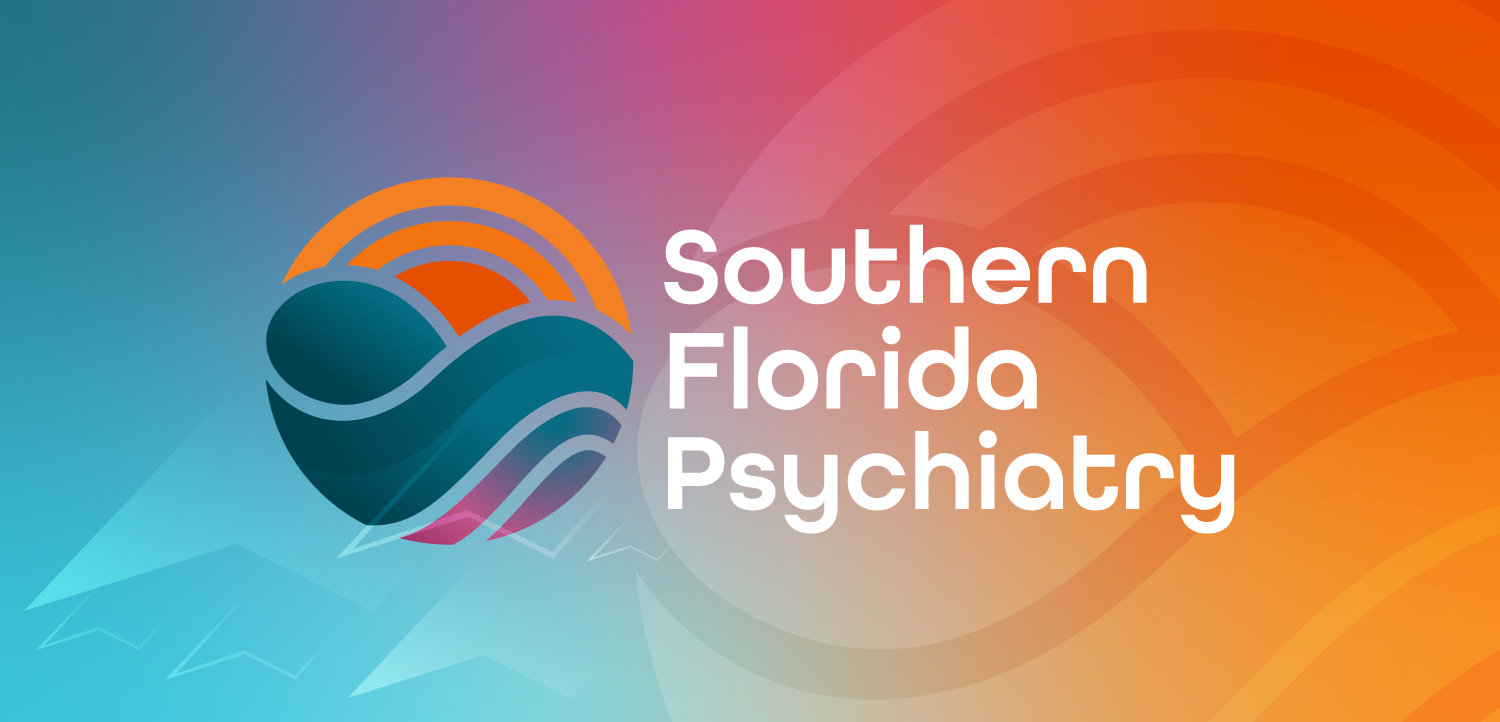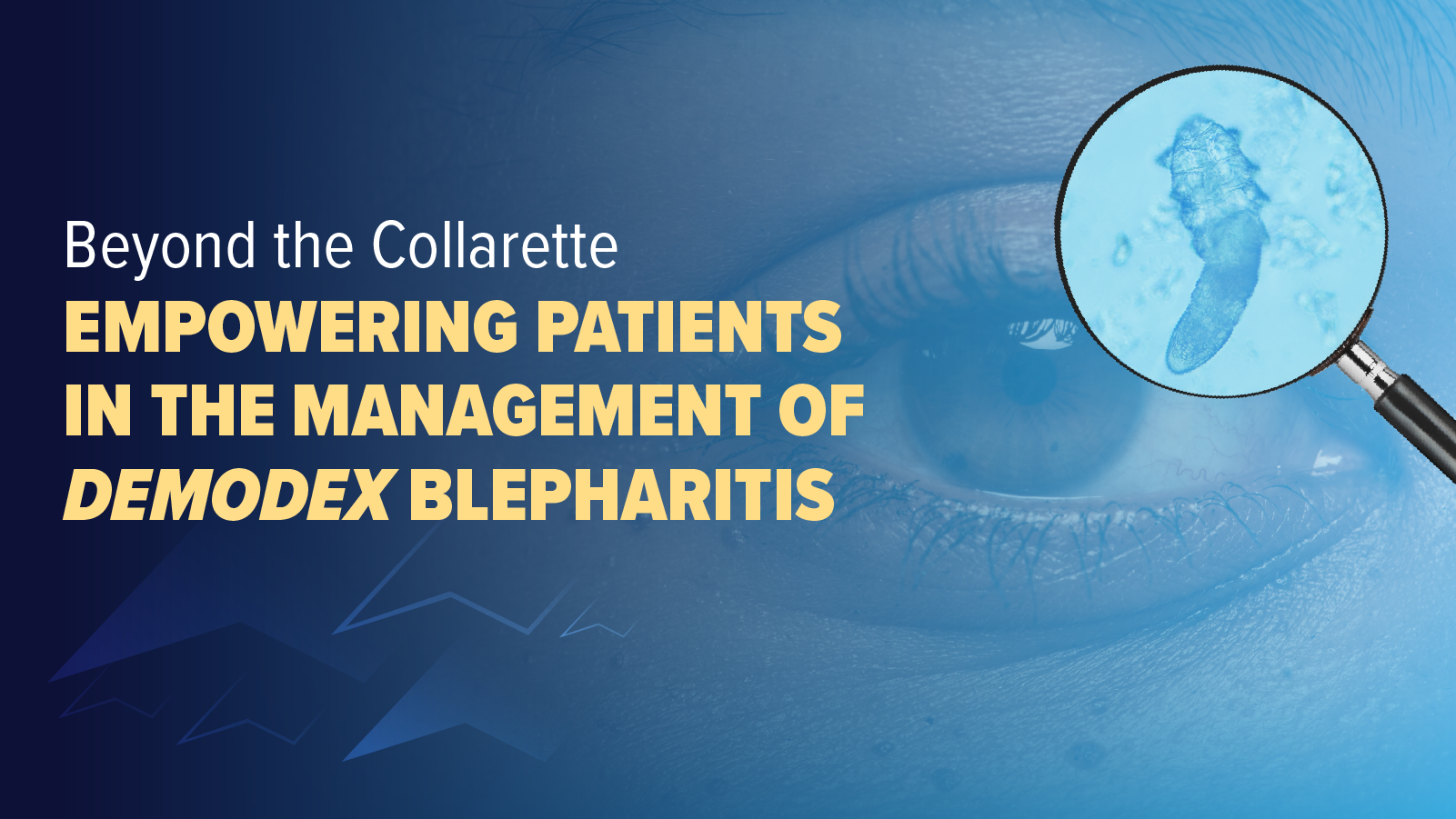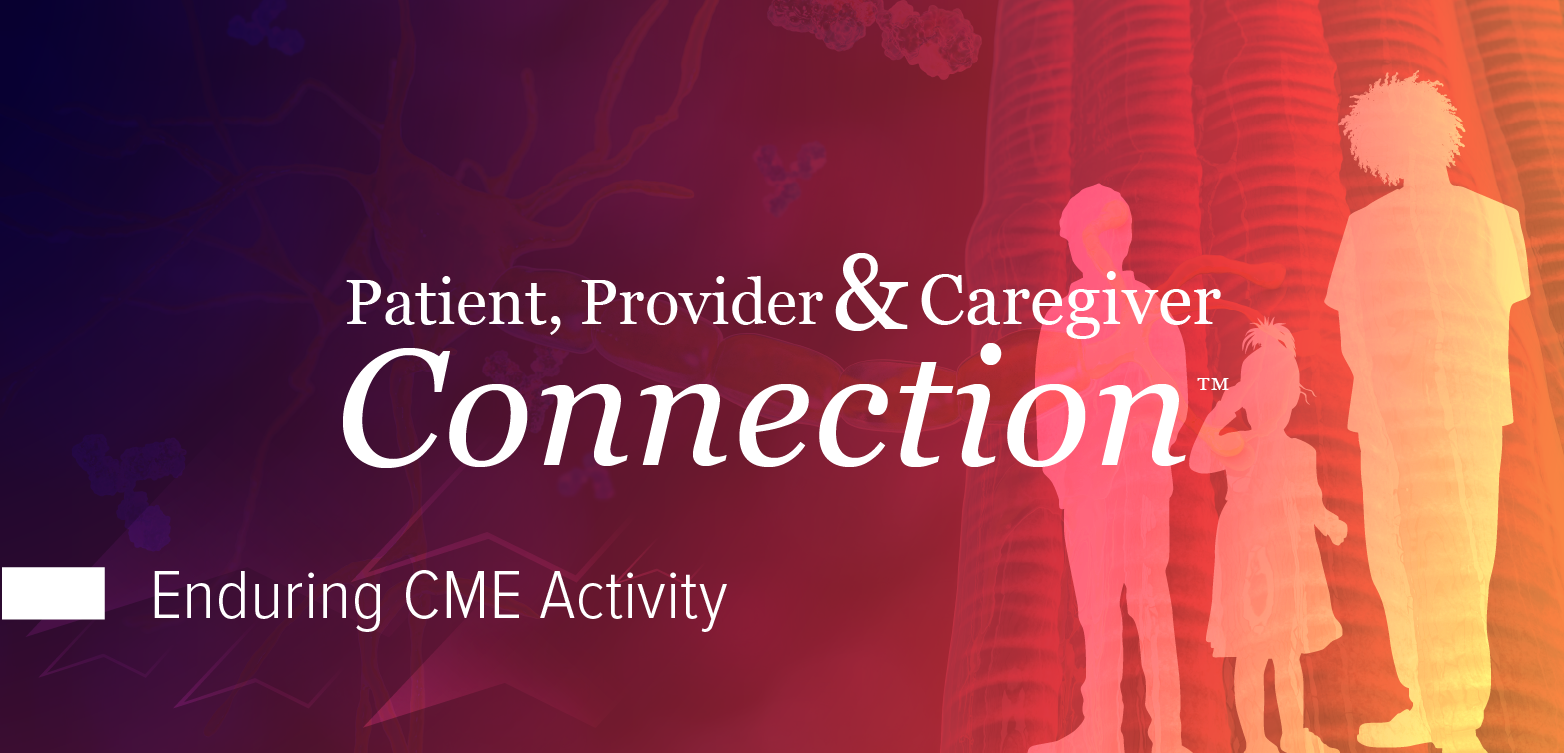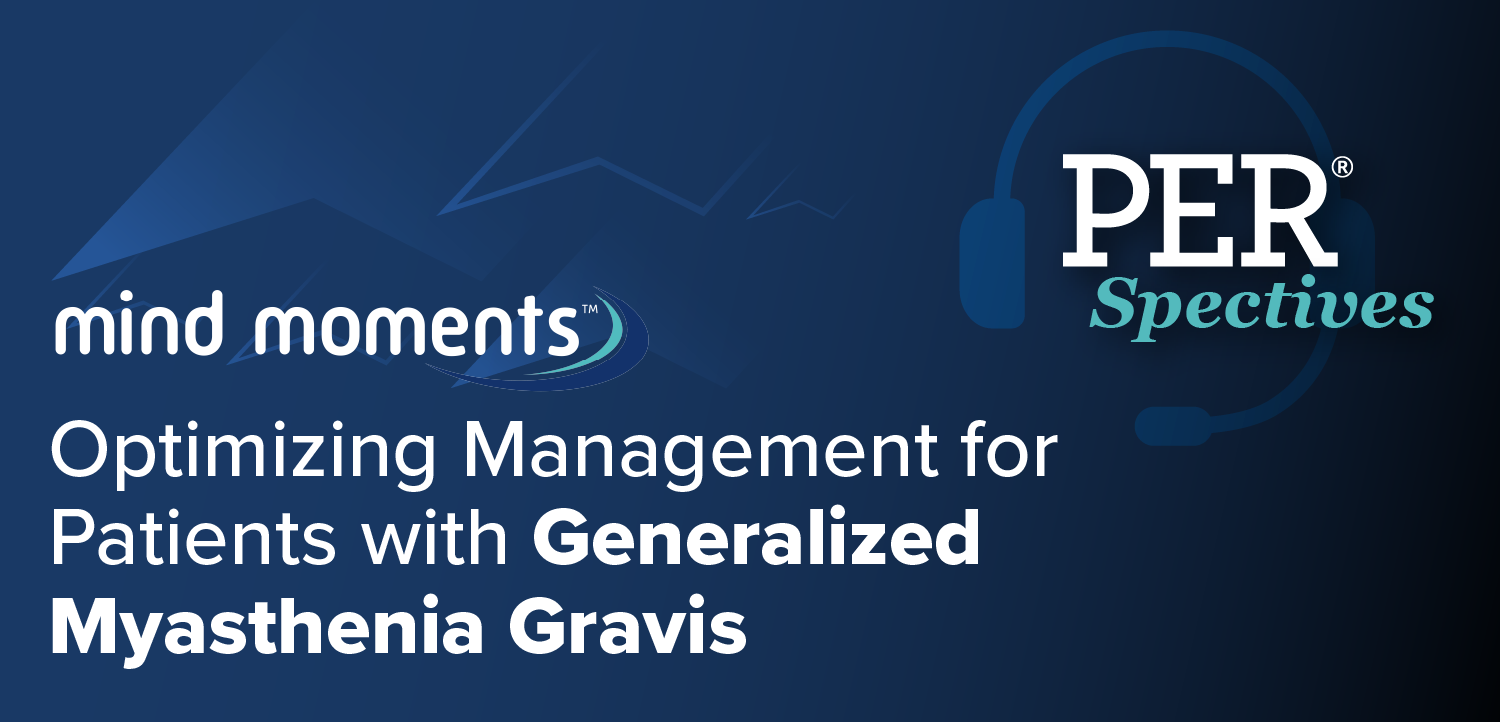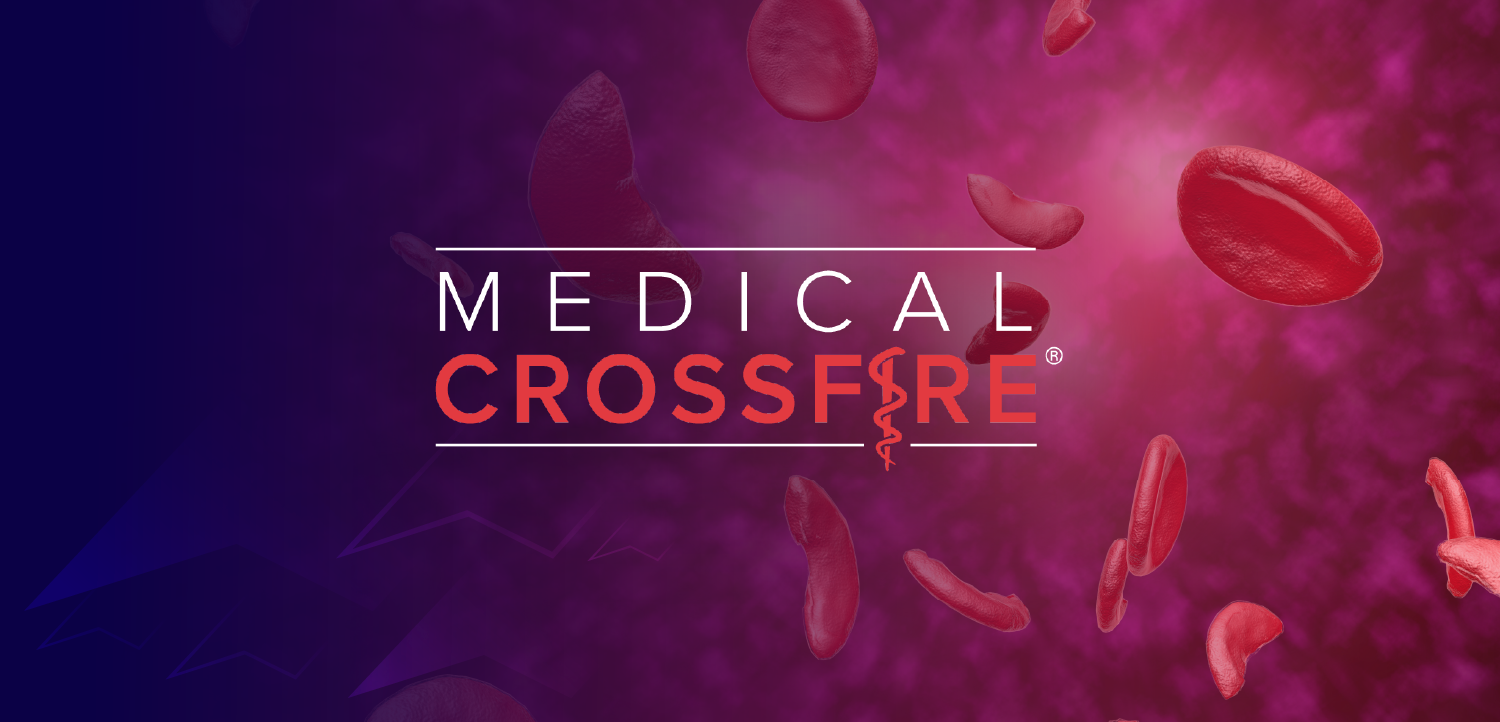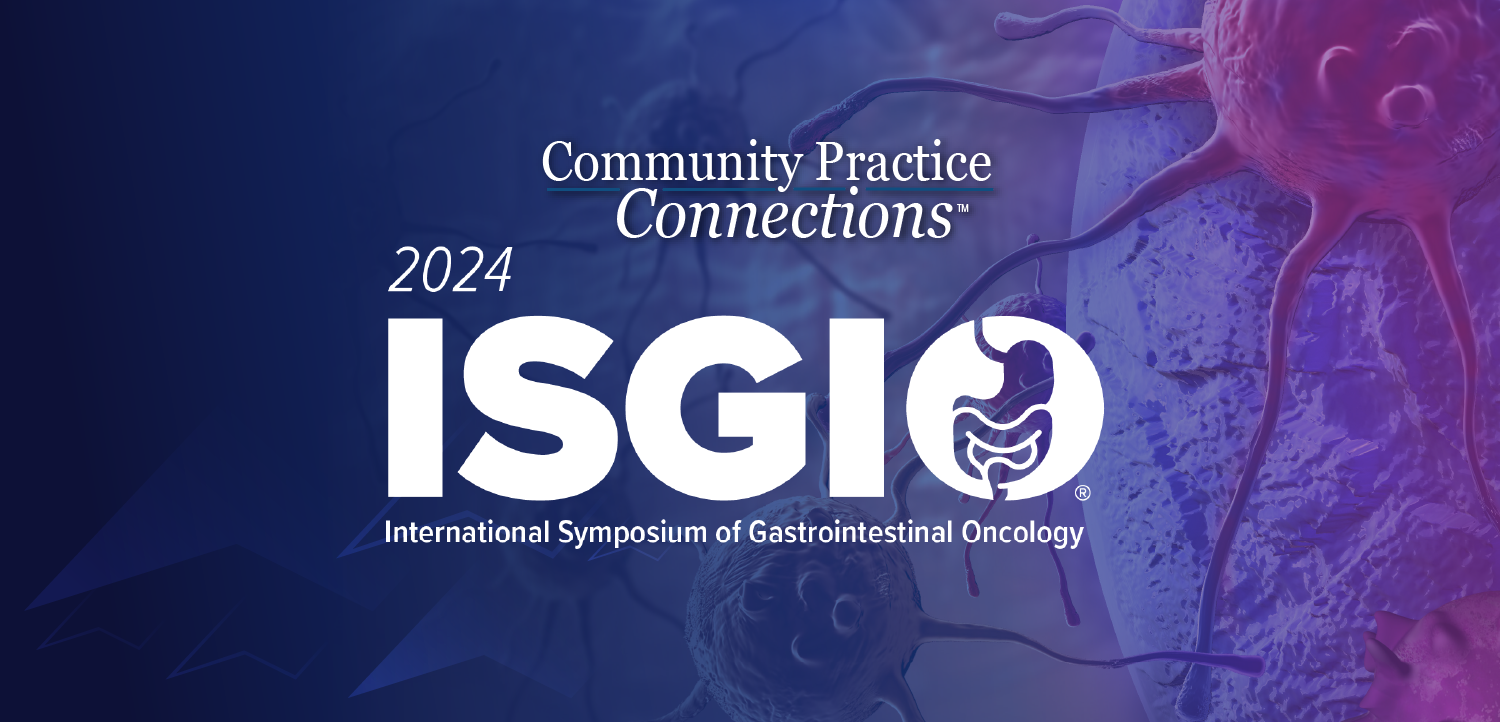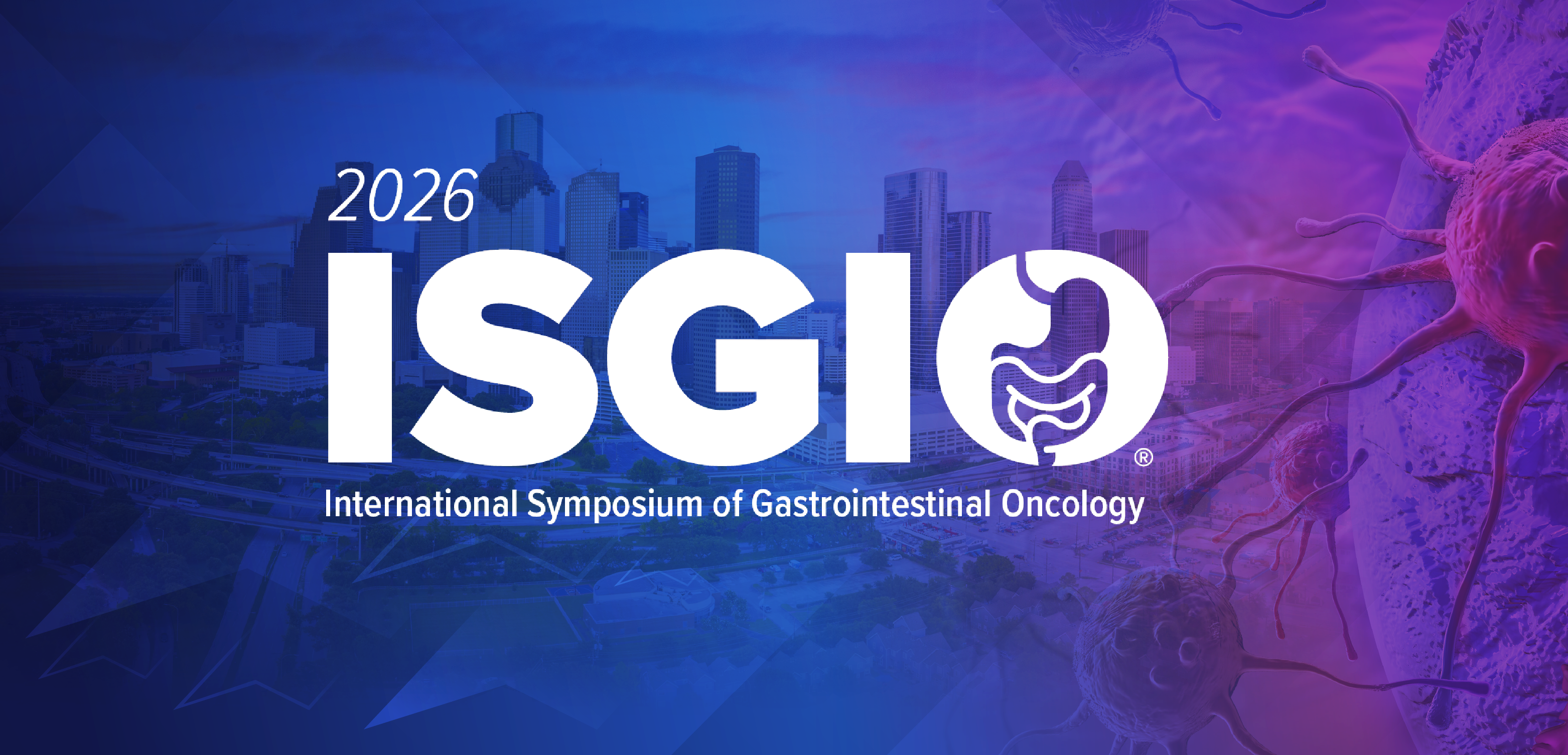
GLP-1 RAs Prescribed for More Than One-Third of US Adults With Diabetes in Middle Age: NCHS Data Brief
GLP-1 use among adults with diabetes peaked among those aged 50 to 64 years, was highest among Hispanic adults, and was more likely among those taking other antihyperglycemic agents.
In 2024, more than 1 in 4 (26.5%) of US adults with
Exponential Rise in GLP-1 Rx
The findings, from a National Center for Health Statistics (NCHS) Data Brief published online August 14, 2025, revealed a marked increase in GLP-1 prescribing leading up to 2024. Between 2018 and 2022, use among adults with type 2 diabetes rose by 155%, from 7.6% to 19.4%. Over the same period, US expenditures on GLP-1 medications increased by more than 500% (2018–2023), highlighting not only the growing clinical footprint, but the economic impact as well.
The nationally representative NCHS household survey of the US civilian, non-institutionalized population, collected self-reported data on medication use and defined GLP-1 use as use of injectable medications intended for blood glucose control or weight management, excluding insulin. Respondents were classified by age, race/ethnicity, BMI, family income (relative to the federal poverty level [FPL]), and concurrent diabetes medication use.
Demographic Patterns
The analysis revealed significant differences across racial and ethnic groups. GLP-1 RA use was highest among Hispanic adults (31.3%), followed by Black non-Hispanic (26.5%) and White non-Hispanic adults (26.2%). Asian non-Hispanic adults reported the lowest usage (12.1%). There appeared to be less consistent variation in use stratified by family income, which ranged from 24.2% among households with incomes between 100% and less than 200% of the federal poverty level (FPL) to 29% among families with incomes at 400% FPL or greater. The differences in GLP-1 use across incomes, however, were not statistically significant. NCHS authors point out that the findings suggest racial and ethnic disparities in use that are not fully explained by income level. at
BMI and Clinical Status
As expected, GLP-1 use increased with higher body mass index (BMI) categories, reflecting the agents’ dual role in glycemic control and weight reduction. Adults with obesity were more likely to report GLP-1 use (32.4%) compared with those in lower BMI categories (16.7%), highlighting the influence of weight status on prescribing patterns, authors said.
Concurrent Medication Use
GLP-1 RA uptake was notably higher among patients already receiving other diabetes therapies. A concurrent prescription for a GLP-1 was highest among insulin users (31.3%). Among those taking oral glucose-lowering drugs, the figure was 28.1%. In contrast, prevalence was 24.5% for patients not on insulin and 22.2% for those not on oral agents. The overlaps, according to NHIS survey authors, may reflect a strategy of intensifying therapy in more complex or refractory cases.
Clinical Implications
The high and rising prevalence of GLP-1 RA use and particularly among middle-aged adults, Hispanic and Black populations, and those with higher BMI, reflects growing recognition of the agents’ metabolic and weight-related benefits. However, the observed disparities signal a need for targeted education, equitable access initiatives, and closer examination of insurance and coverage barriers. The decline in use among adults aged 65 or more may point to safety, tolerability, or cost considerations in older populations, according to the analysis
Limitations. Interpretation should consider that the NHIS relies on self-reported medication use, which may be affected by recall bias. The survey’s cross-sectional design precludes causal inference, and data on dose, duration, and adherence were not collected. The analysis focused on prescription and use patterns rather than clinical outcomes.
This trajectory suggests that GLP-1 RAs will remain a major therapeutic focus in diabetes care, with ongoing monitoring of utilization patterns, equity in access, and long-term outcomes essential for optimizing patient benefit.
Vahratian A, Warren A. GLP-1 injectable use among adults with diagnosed diabetes: United States, 2024 NCHS Data Brief, No 537;August 2025. https://www.cdc.gov/nchs/products/databriefs/db537.htm
Newsletter
Enhance your clinical practice with the Patient Care newsletter, offering the latest evidence-based guidelines, diagnostic insights, and treatment strategies for primary care physicians.


